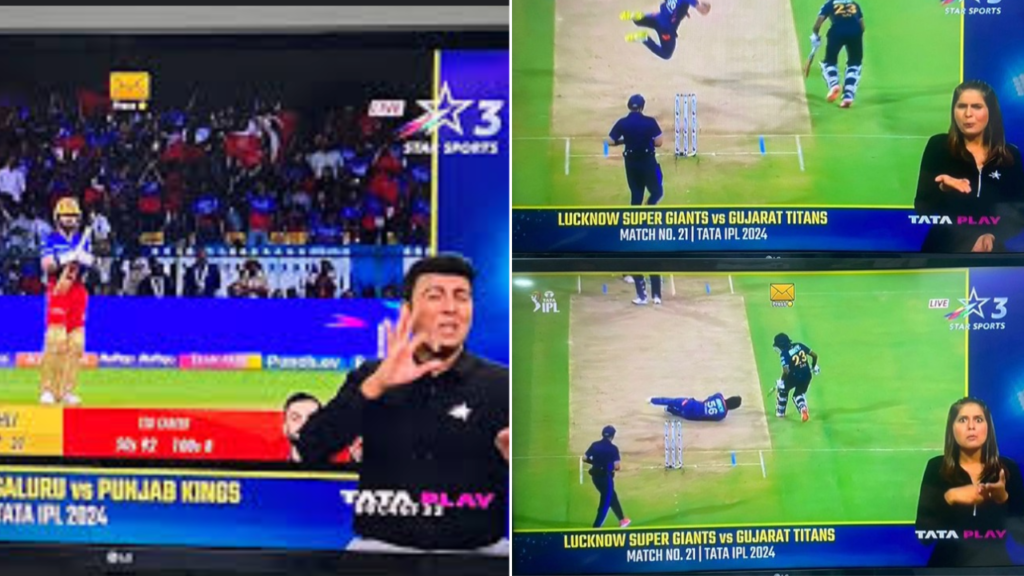
When we watch a cricket match, the IPL for example, we watch it as a kind of habit. We take a few things for granted. For example, we know we will hear a set of commentators giving us their views of the game, we know there will be a mid-game show, and an element of fan-speak on occasion. We also know that the commentary will follow a set pattern. For most of us, able-bodied citizens, this is just normal. Seldom do we think about those with a hearing impairment. How will they enjoy an IPL game? Is it taken for granted that such people, a sizeable number by the way, don’t need to be a part of the cricket ecosystem? Isn’t this a very accepted form of discrimination that has been going on for decades?
That’s where the Star Sports sign-language commentary comes as a breath of fresh air. It is about inclusivity and sensitivity, and is something that was long overdue. It allows the broadcast to reach out to a section of people who had always been deprived, and who had started to take discrimination for granted. At a time when there is a serious push towards being inclusive and bringing people with special abilities into the mainstream, this sign-language commentary is a welcome addition. More so in an Olympic and Paralympic year. In fact, let me go ahead and state this – for the Paralympics, where a section of the competitors have a hearing impairment, how is it that there has been no sign-language commentary with graphics all this while? It is a must if we have to really empower people with disability, and celebrate their sporting achievements.
In a world where broadcast revenues are a prime driver for networks, these initiatives go beyond the conventional and help make a difference. They add a very human touch to sports consumption, and make a difference to people’s lives in ways that aren’t normally thought of.
Think of the MS Dhoni six that won India the 2011 World Cup. The story of the shot is what it is because of Ravi Shastri’s commentary. Or, for that matter, India’s victory against Australia at the Gabba in January 2021. Vivek Razdan saying toot gaya Gabba ka ghamand [The Gabba’s pride is broken] will forever ring true in our ears. But for the section with a hearing impairment, they were never be able to celebrate the win in the same way because they were conveniently left out of it all. With sign-language commentary and proper graphics, they can now enjoy the game in the very same manner as others do. That’s perhaps where IPL 2024 is different, and has done more to become inclusive and sensitive.
Finally, with technology taking over our lives, newer innovations are an absolute necessity. If you don’t innovate, you lose out. In that sense, this new innovation has given IPL commentary in 2024 a kind of edge that it had been missing in the past. It could well become a staple going forward, adding a social dimension to the tournament that was missing earlier.



